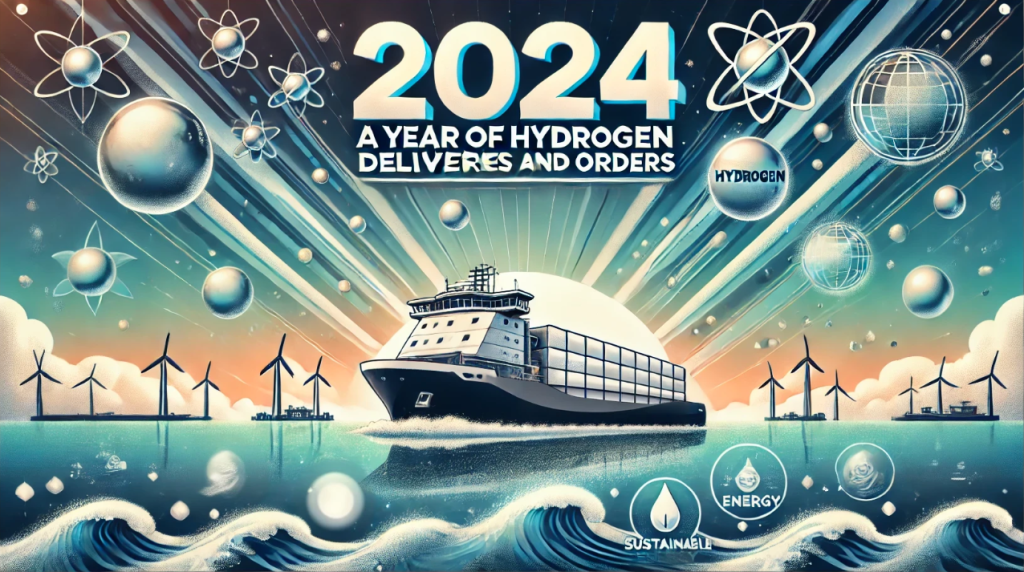In my previous post I explained how the Energy Observer 2 is a new milestone for hydrogen powered vessels. This post analyzes a typical operation for such vessel across European ports in an assumed schedule and evaluates its potential benefits from Fuel EU Maritime.
Operational Snapshot
The vessel operates between key European ports on the west coast:
| Port | Distance (nautical miles) | Port Moves | Waiting Time (hours) | Maneuvering Time (hours) |
|---|---|---|---|---|
| Hamburg | 405 | 600 | 2 | 2 |
| Antwerp | 252 | 500 | 2 | 2 |
| Le Havre | 463 | 400 | 2 | 2 |
| La Rochelle | 103 | 200 | 2 | 2 |
| Bordeaux | 996 | 500 | 2 | 2 |
| Total | 2,219 | 2,200 | 10 | 10 |
Speed, Time, and Energy Calculations
The vessel operates at a service speed of 12 knots for regular operations. The journey duration and corresponding energy consumption were calculated as follows:
- Total sailing days: 7.70 (12 knots)
- Energy consumption during sailing: 554,750 kWh
- Port energy consumption: 20,000 kWh (port waiting and maneuvering energy combined)
Based on the following assumed power ratings:
- Sailing: 3,000 kW
- Maneuvering: 1,500 kW
- Port operations: 500 kW
Hydrogen Fuel Usage and Emissions
With a typical consumption rate of 60 grams of LH2 per kWh for fuel cells and no further losses assumed, the vessel’s total hydrogen fuel usage per journey is 34.5 tons. Annually, considering regular operations of one round-trip every two weeks, the vessel consumes 897 tons of liquid hydrogen, or 2.5 tons per day.
Fuel EU Maritime
The Fuel EU Maritime regulations that came into force this year is meant to enforce the adoption of renewable fuels and to reward early adopters. When we consider the above amount of RFNBO hydrogen in Fuel EU maritime it demonstrates a strong over-compliance compared to requirements in 2029. This can be verified in any free online calculate like provided here.
Moreover, this over-compliance can be traded at marketplaces which came into operation this year (for example here and here). If we assume a rate of €320 per ton CO2-eq – half of the penalty rate – this give a value of €2.55 million. Or €2.85 per kilo LH2. Whether this amount itself justifies to cost of sailing on liquid hydrogen is doubtful but at least it reduced the operational cost of doing so.
A Path Forward
This analysis showcases the potential effect of Fuel EU maritime on hydrogen-powered ships across European shipping routes. As port infrastructure evolves to support hydrogen refueling, this mode of operation will become increasingly viable.
The hydrogen shipping revolution is just beginning—charting the way toward a sustainable and efficient future.
What’s your take on hydrogen-powered shipping? Share your thoughts below!

